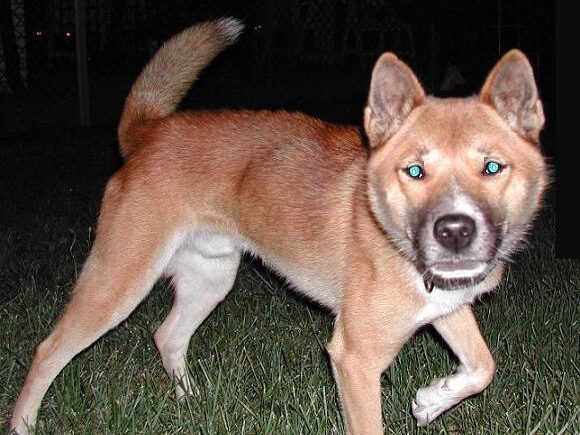
Walking your dog at night can be a peaceful way to end the day, but it comes with its own set of challenges and risks. Darkness reduces visibility, making it harder to spot hazards for both you and your pet. Here are 15 hidden dangers to be aware of when venturing out with your furry friend after sundown, along with tips to keep your walks safe.
Reduced Visibility

Walking at night means reduced visibility for both you and your dog. Obstacles like uneven sidewalks, sharp objects, or tree roots can go unnoticed, leading to injuries or trips. Dogs can also fail to spot dangers like broken glass or holes. Equip yourself with a reliable flashlight or headlamp, and consider reflective gear to illuminate your path and protect your dog from unseen hazards.
Traffic Hazards
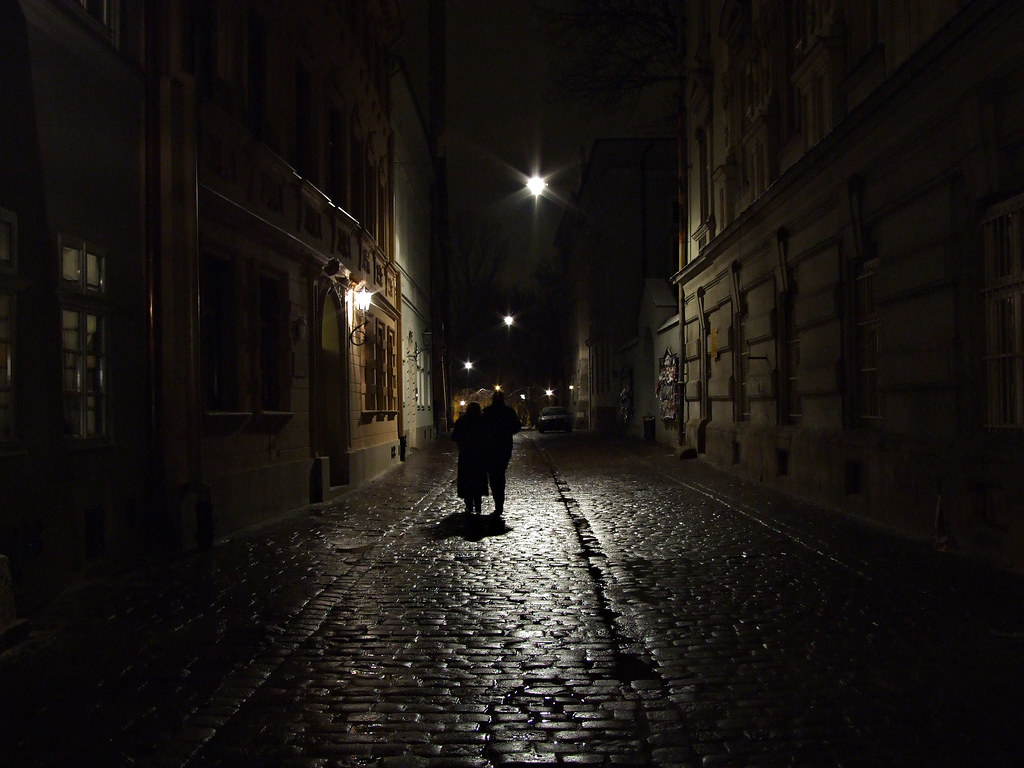
Nighttime drivers often have limited visibility, making pedestrians and pets harder to spot. A dog suddenly crossing a poorly lit street is particularly vulnerable to accidents. To reduce risks, stick to well-lit streets, cross at designated intersections, and use reflective leashes, collars, or light-up harnesses to make you and your dog more visible to passing vehicles.
Wildlife Encounters

Nocturnal animals like skunks, raccoons, coyotes, and even opossums are more active at night and can pose a threat toyour dog. Wildlife may attack out of fear or territorial instinct, and some carry diseases like rabies. Keep your dog leashed, avoid wooded areas or garbage bins, and carry deterrents like a loud whistle or air horn to scare away wild animals.
Stray or Aggressive Dogs
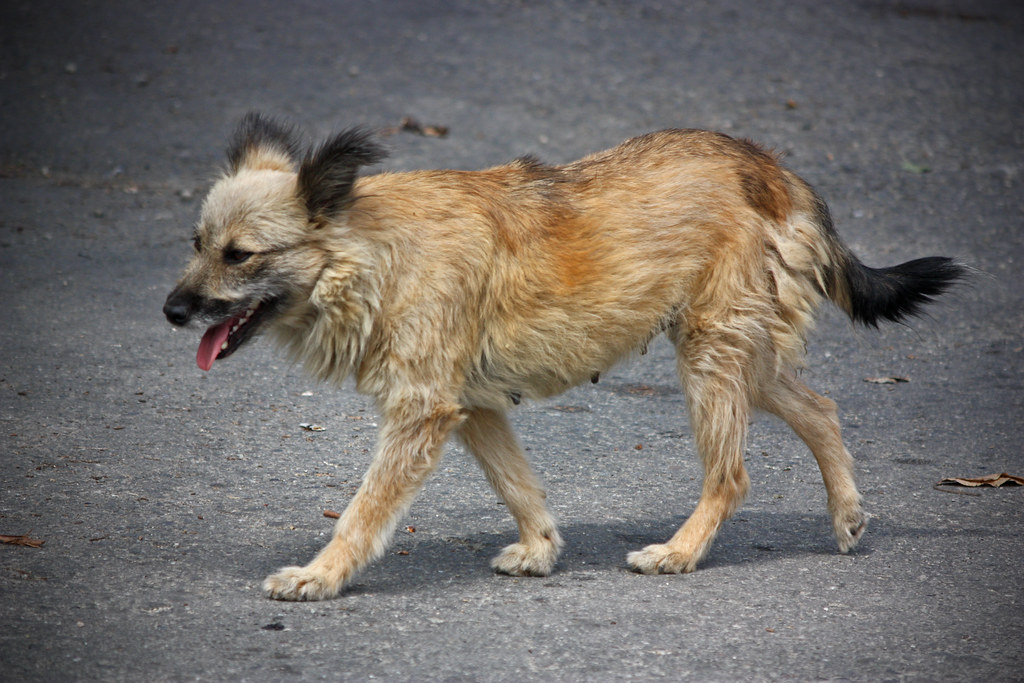
Stray dogs or unleashed pets can appear suddenly in the dark, leading to dangerous altercations. These encounters are especially risky when visibility is poor, and you’re unable to spot another dog approaching. Always keep your dog on a short, sturdy leash and be prepared to intervene.
Toxic Plants and Substances
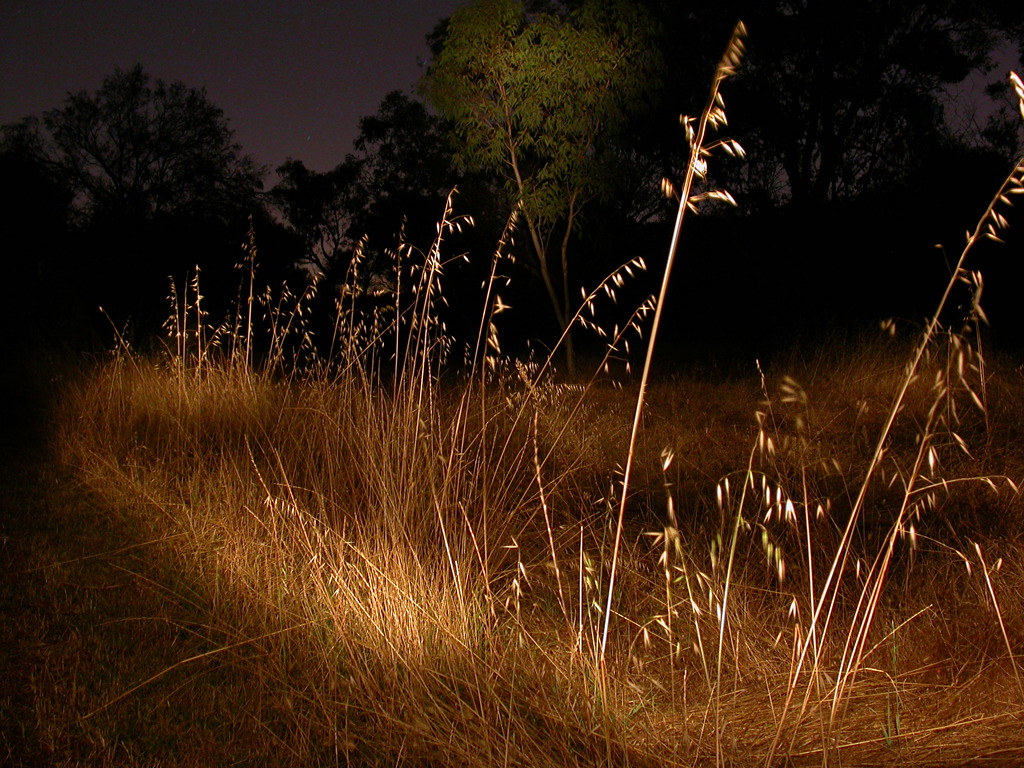
It’s much harder to spot harmful items in the dark, such as toxic plants, discarded food, antifreeze, or other hazardous substances. Curious dogs may sniff or eat things they shouldn’t, leading to potential poisoning or digestive issues. Use a flashlight to monitor what your dog investigates, and keep them on a leash to limit access to unknown objects.
Unseen Obstacles
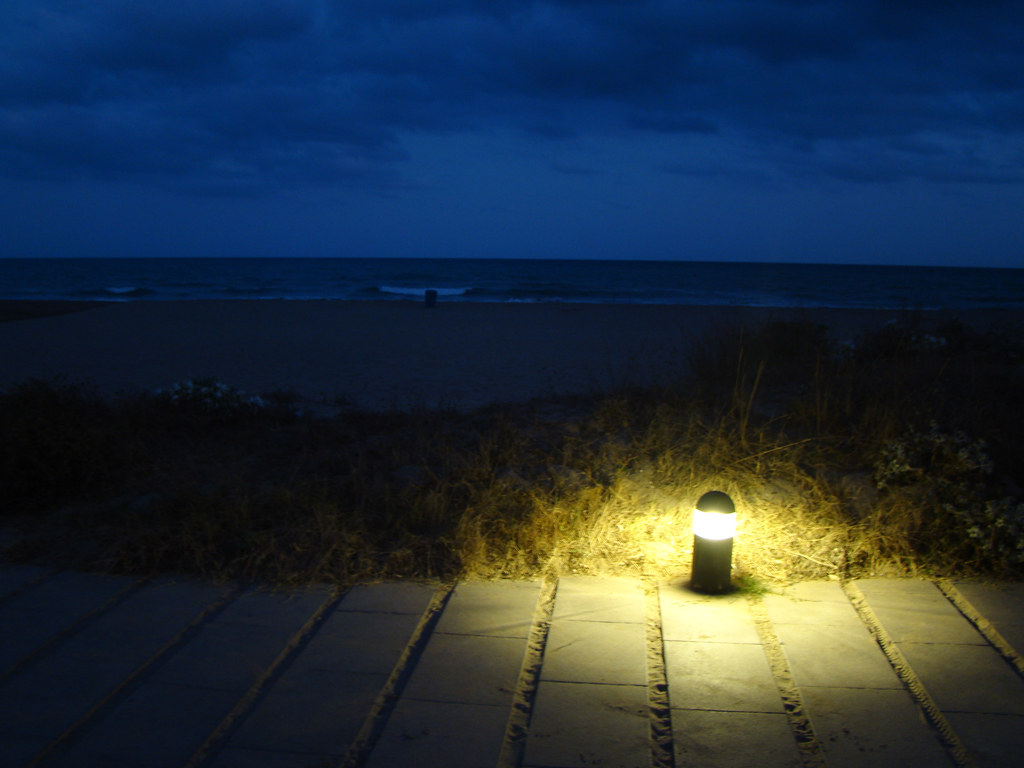
The dark conceals sharp objects like broken glass, metal scraps, or thorny plants that can harm your dog’s paws or skin. Other hazards include hidden holes, slippery surfaces, or tangled debris. Protect your dog by staying on paved or well-maintained paths and avoiding areas with dense vegetation or poor ground conditions.
Increased Risk of Theft
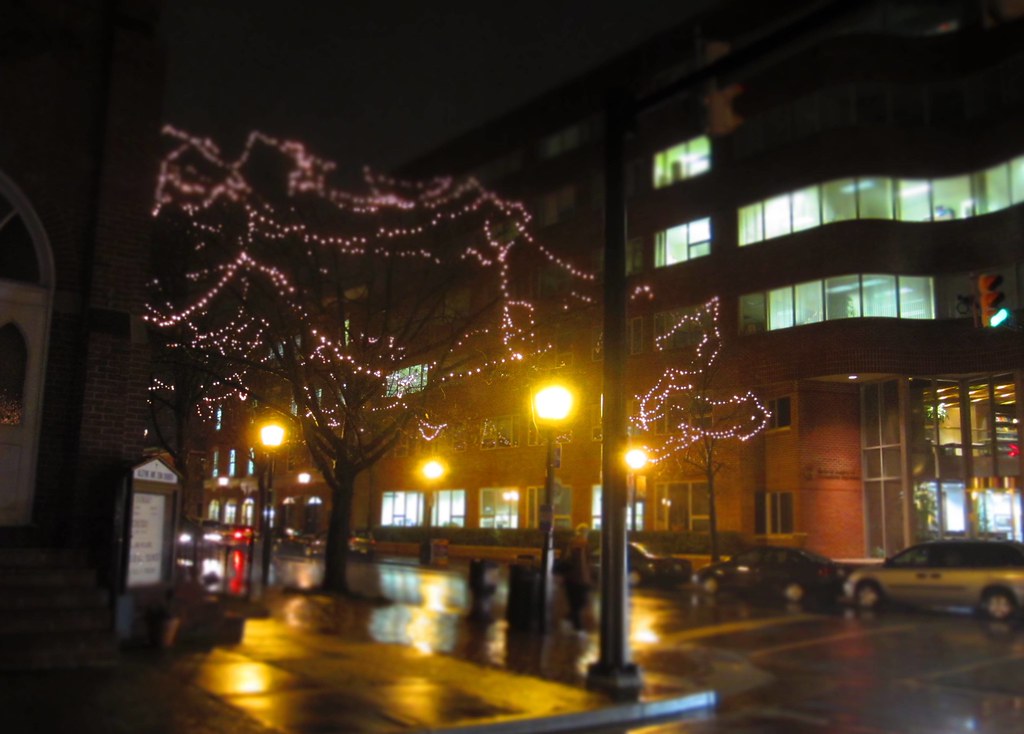
Dog thefts are an unfortunate reality, and walking at night can make you a target for thieves looking for valuable breeds or unattended dogs. Small or purebred dogs are particularly at risk. Stay in well-populated, illuminated areas, keep your dog close, and avoid sharing your regular walking routes on social media to protect both of you.
Poor Lighting in Parks and Trails
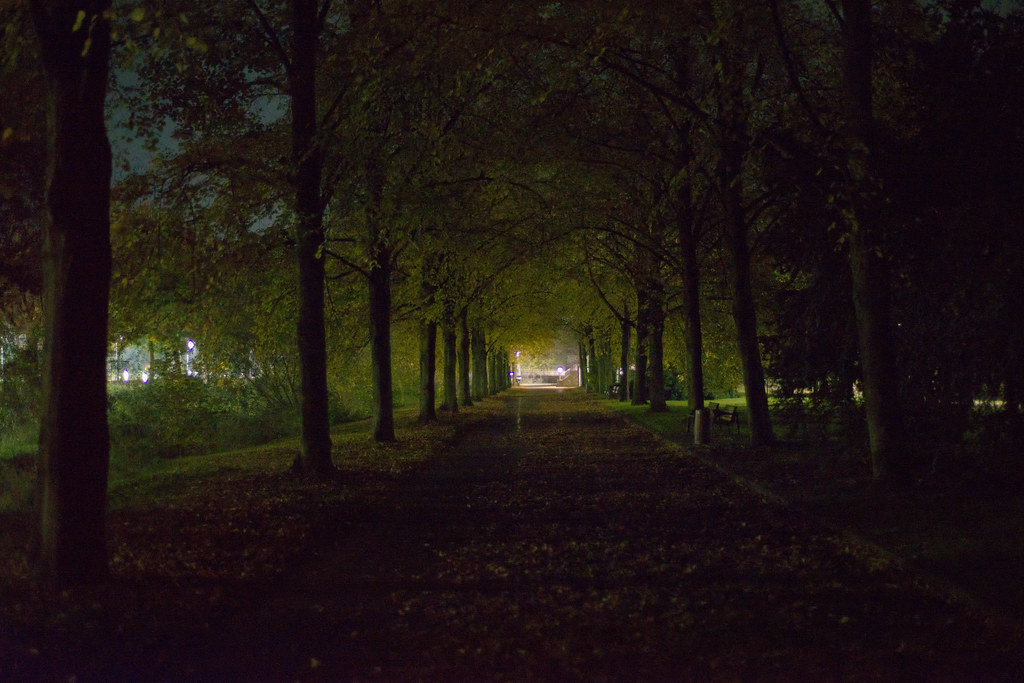
Parks and nature trails often lack adequate lighting, making it harder to navigate safely or see potential threats. Roots, branches, or even hidden wildlife can pose dangers in such areas. If you prefer trails, equip yourself and your dog with LED lights or reflective gear, and avoid secluded paths where help may not be readily available.
Distracted Pedestrians or Cyclists
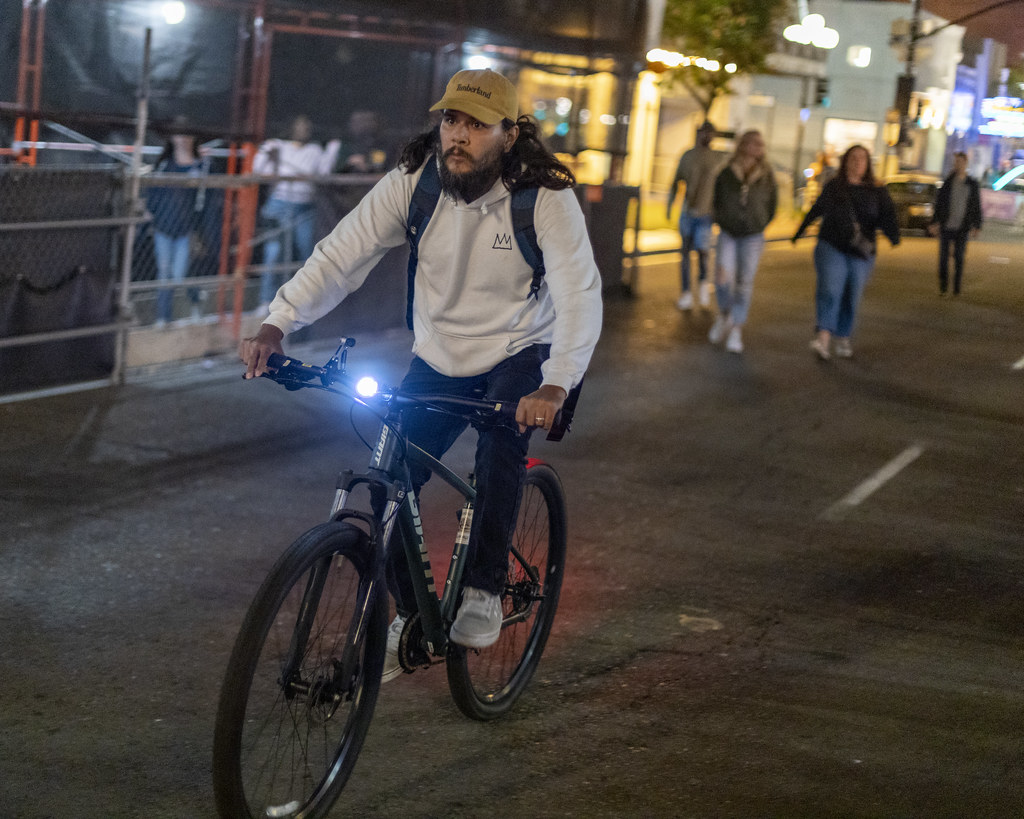
At night, other walkers, joggers, or cyclists may not see you or your dog until it’s too late. Fast-moving cyclists, in particular, can pose a danger if they collide with you or your pet. To prevent accidents, keep your dog on a short leash near busy paths and stay on alert for approaching people or vehicles.
Cold Temperatures

Nighttime temperatures often drop significantly, especially during colder months, putting your dog at risk of hypothermia. Small breeds, puppies, and short-haired dogs are particularly vulnerable. Protect your dog by dressing them in weather-appropriate clothing like a jacket or sweater, and limit the duration of your walks during chilly evenings.
Lack of Emergency Services
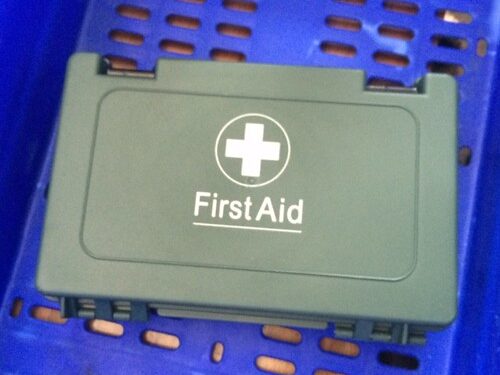
If an accident or injury occurs during a nighttime walk, emergency services or veterinary clinics may not be as accessible or quick to respond. Be prepared by carrying a small first-aid kit with essentials like bandages and antiseptic wipes. Research the nearest 24-hour veterinary clinic before heading out so you’re prepared in case of an emergency.
Off-Leash Dogs
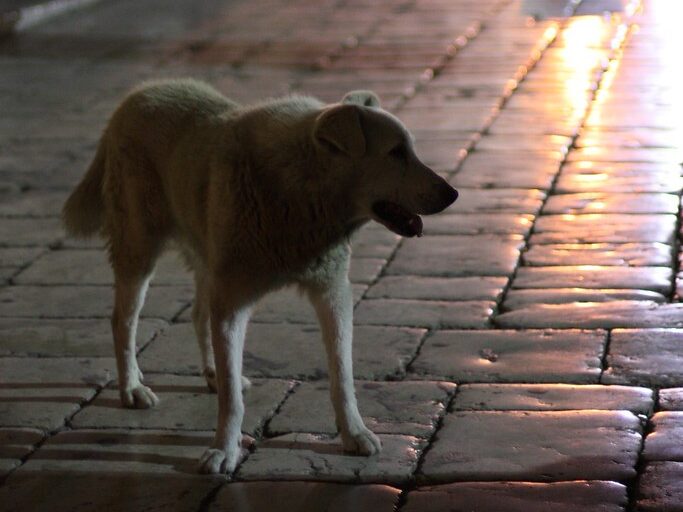
Some owners assume that nighttime means fewer people are around and let their dogs roam off-leash. These dogs may be overly friendly or aggressive, leading to fights or unwanted interactions. Always keep your dog leashed, avoid secluded areas, and carry deterrents such as pepper spray or a loud whistle to manage unexpected encounters.
Fear-Inducing Noises

Dogs are often startled by loud or unfamiliar noises like car alarms, fireworks, or sirens, which are more noticeable at night. A frightened dog may panic and try to escape, increasing the risk of injury or getting lost. Ensure their collar is secure, use a leash, and reassure them if they become anxious.
Poorly Lit Crosswalks
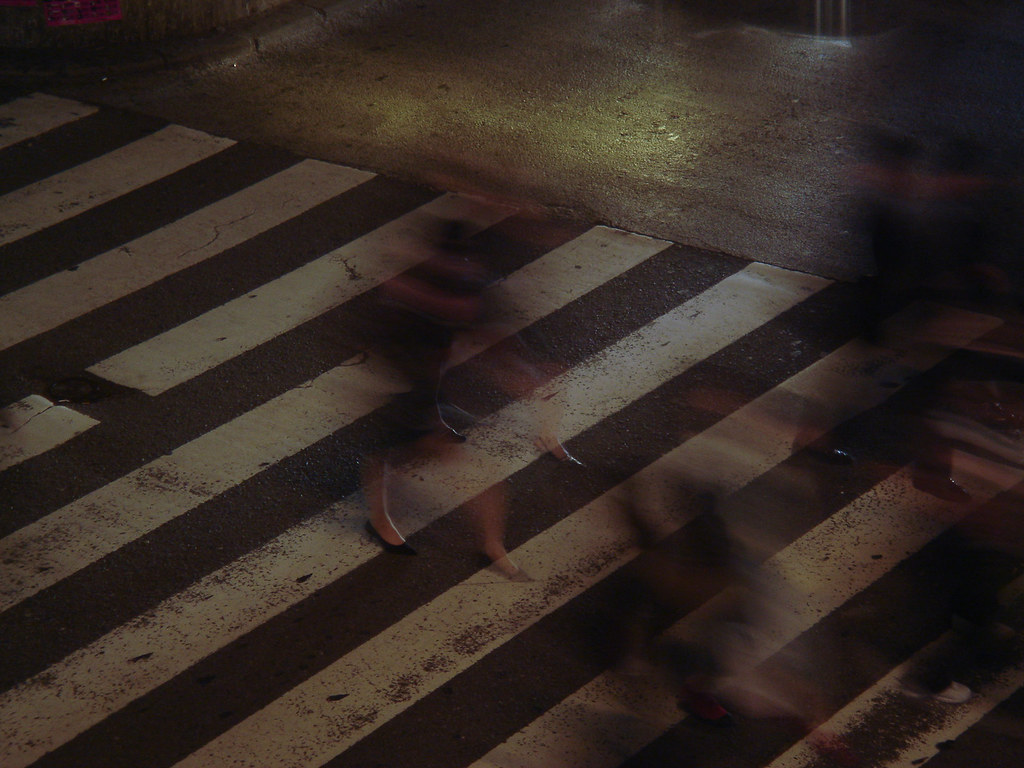
Crosswalks that lack adequate lighting can be particularly hazardous, as drivers may struggle to see you and your dog in time. A misstep into traffic could have devastating consequences. Stick to well-lit intersections, use crossing signals, and make sure your dog’s gear includes reflective elements for maximum visibility.
Increased Risk of Getting Lost

Even familiar routes can look entirely different at night, increasing the likelihood of getting disoriented. If your dog gets off-leash or wanders, finding them in the dark can be difficult. Always carry a fully charged phone with GPS, ensure your dog has updated ID tags or a microchip, and avoid venturing too far from familiar landmarks.
